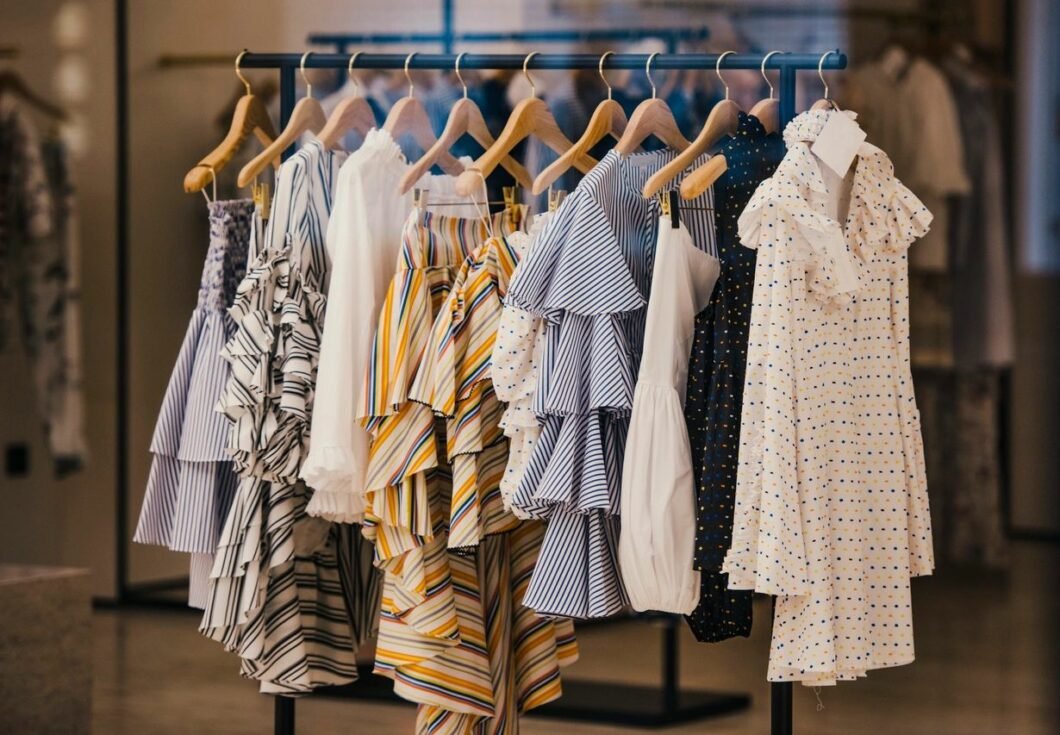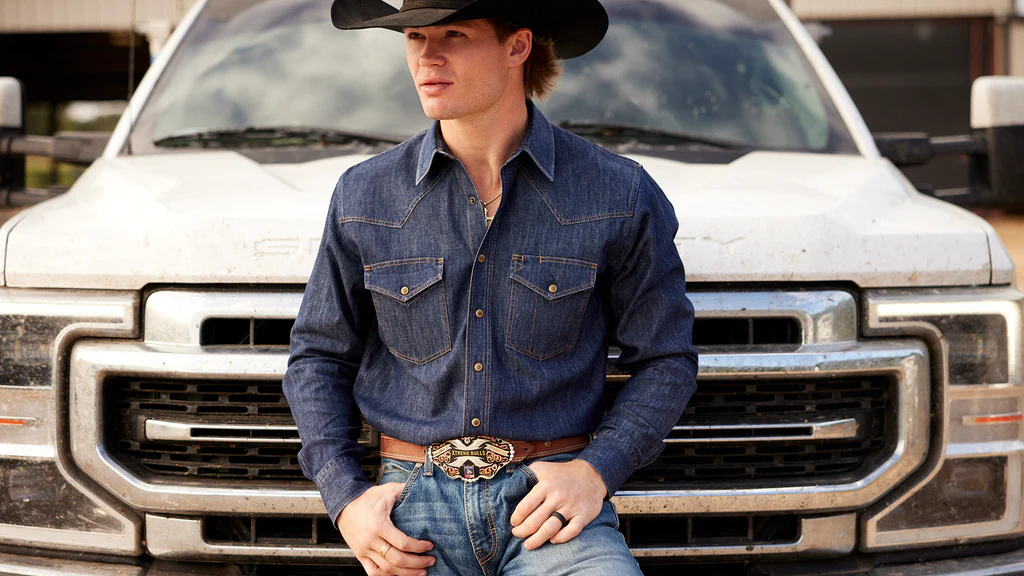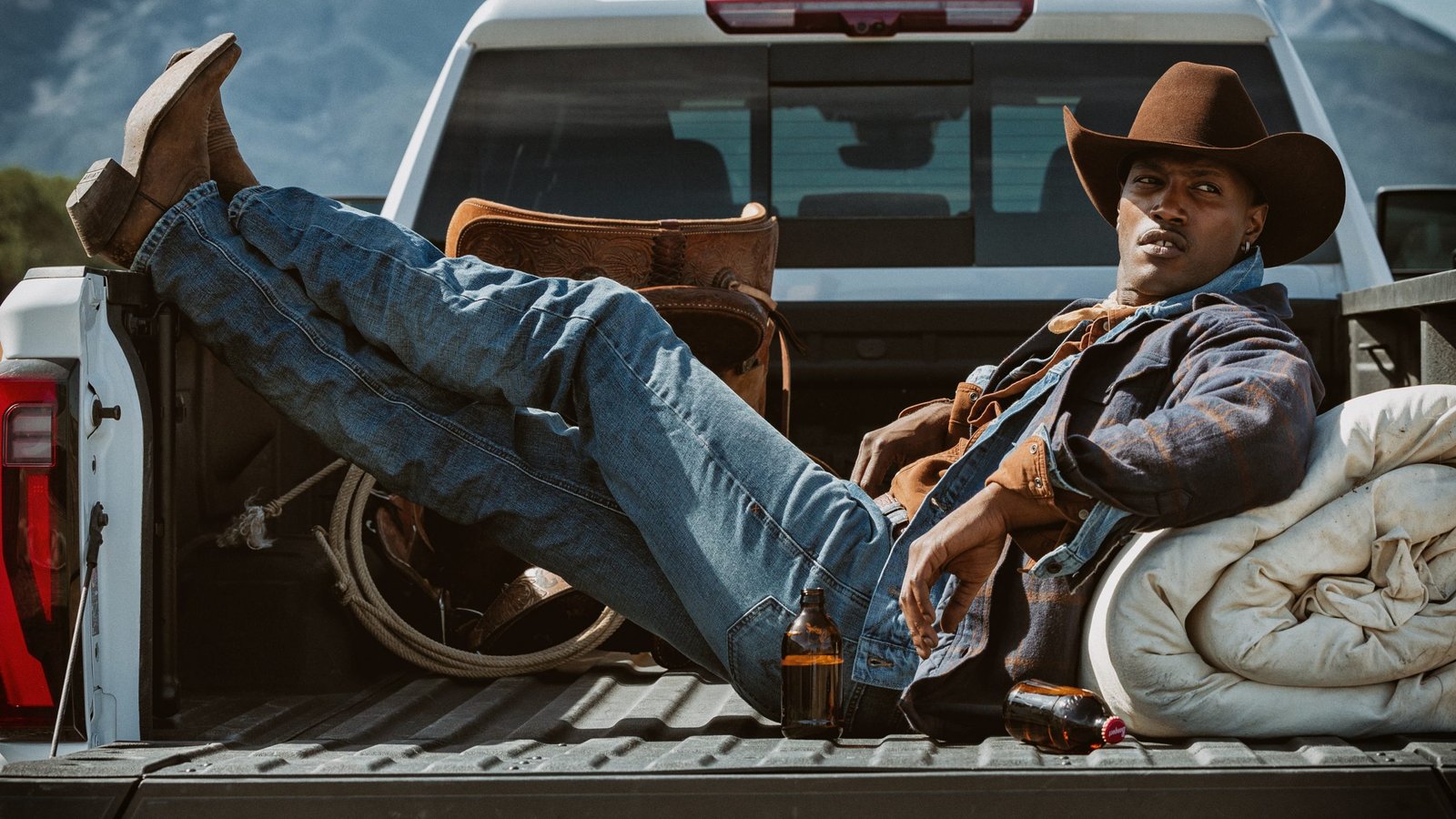Hey there, partner. Picture this: It’s a crisp fall morning in 1985, and my dad— a no-nonsense ranch hand from rural Texas—steps out of our creaky barn door. He’s got on faded Wrangler jeans that hug his boots just right, a pearl-snap shirt rolled up at the sleeves to show off sun-weathered forearms, and a Stetson hat tilted back like he’s got all the time in the world. That image stuck with me, not just because it screamed “real deal cowboy,” but because it felt effortless, like the clothes were an extension of the man. Fast forward to today, and here I am, a guy who’s traded hay bales for city streets, still pulling on those same staples when I want to feel grounded. Men’s Western wear isn’t some dusty relic—it’s a living, breathing style that blends frontier grit with modern swagger. Whether you’re hitting a honky-tonk or just want to stand out in a sea of athleisure, this guide’s got your back. Let’s ride through what makes Western clothes for men so damn enduring.
The Roots of Men’s Western Wear: From Frontier Necessity to Fashion Icon
Back in the 1800s, when the American West was wilder than a bronco at a rodeo, clothes weren’t about trends—they were about survival. Cowboys needed gear that could take a beating from dust storms, thorny brush, and long cattle drives. Denim pants tough enough to fend off chaps rash, shirts with yokes to ease saddle strain, and wide-brim hats to block the relentless sun. It was practical poetry, born from vaquero traditions in Mexico and tweaked by frontier folks who borrowed from Native American leatherwork. By the mid-20th century, Hollywood cowboys like John Wayne turned it into glamour, and suddenly, every fella wanted a piece of that rugged romance.
What hits me every time I slip into a vintage Levi’s is how these pieces whisper stories. My granddad wore similar duds during WWII, shipping ’em home from basic training in the Southwest. They weren’t fancy, but they carried the weight of hard-won days. Today, that heritage keeps Western wear relevant, evolving from workhorse basics to a style that’s as at home in Nashville bars as Brooklyn lofts.
What Exactly Defines Men’s Western Wear?
At its core, men’s Western clothing boils down to pieces that nod to that cowboy ethos: tough, tailored for movement, and a touch theatrical. Think snap-button shirts in chambray or plaid, bootcut jeans that skim over leather footwear, and belts with buckles big enough to tell a tale. It’s not costume—it’s character. The key? Details like contrast stitching, fringe accents, or embroidered yokes that add flair without screaming for attention.
I’ve fumbled this myself early on, grabbing a shiny buckle that clashed like a fox in a henhouse. Lesson learned: Start simple. A solid Western shirt paired with straight-leg jeans feels authentic, not overdone. It’s about evoking the spirit of wide-open spaces, whether you’re actually roping steers or just navigating rush hour.
The Signature Shirt: Pearl Snaps and Yokes Explained
No Western wardrobe kicks off without a button-down—or better yet, snap-front—shirt. These bad boys feature a curved yoke across the shoulders for that classic silhouette, often with pearl snaps for quick access (handy when you’re grabbing for your lasso). Fabrics range from breathable cotton for hot days to heavier denim for cooler rides.
Grab one in a subtle plaid, roll the cuffs, and you’ve got an outfit that transitions from barn chores to backyard barbecues. My go-to? A faded blue chambray that my dad handed down—it’s softer than a well-worn saddle blanket and pairs with everything.
Jeans That Ride True: Bootcut vs. Straight-Leg Showdown
Jeans are the backbone of men’s Western outfits, designed to sit high on the waist and flare just enough to clear boot heels. Bootcut styles hug the thigh for a fitted look that flares at the ankle, while straight-leg offers a slimmer, modern vibe without losing that rugged edge.
Don’t sleep on the wash—rigid indigo for authenticity or faded for everyday ease. I once splurged on slim-fit Wranglers thinking they’d modernize my look; turns out, they pinched during a long hike. Stick to what moves with you, fellas.
Top Brands Shaping Men’s Western Fashion in 2025
In a world of fast fashion, the best men’s Western wear brands stick to quality that lasts generations. From heritage heavyweights to fresh faces, these labels blend tradition with tweaks for today’s guy. Wrangler and Levi’s still rule for their no-frills durability, but innovators like Tecovas are shaking things up with direct-to-consumer boots that feel custom.
What draws me back? It’s the stories woven into the stitching. Brands like these aren’t churning out trends—they’re honoring the hands that built the West. Here’s a quick rundown of standouts, complete with why they earn a spot in your rotation.
| Brand | Signature Item | Price Range | Why It Wins |
|---|---|---|---|
| Wrangler | Cowboy Cut Jeans | $30–$60 | Bulletproof denim, rodeo-tested |
| Ariat | Work Boots | $150–$300 | Cushioned comfort for all-day wear |
| Stetson | Felt Cowboy Hat | $100–$250 | Timeless shapes, weather-beating |
| Tecovas | Leather Western Boots | $200–$400 | Handcrafted, city-ranch hybrid |
| Rockmount | Embroidered Snap Shirt | $100–$200 | Inventor of the snap—pure legacy |
This table’s your cheat sheet for building a capsule without breaking the bank. Pro tip: Hit up Wrangler’s site for sales that rival Black Friday stampedes.
Styling Men’s Western Wear: Outfits That Work Hard and Look Sharp
Styling Western clothes for men is like seasoning a steak—keep it simple, let the flavors shine. Start with layers: A snap shirt under a suede vest, tucked into bootcut jeans, finished with low-heel ropers. It’s versatile enough for a date night or a dusty trail ride. For urban twists, swap the hat for a bolo tie over a chambray shirt and chinos—boom, cowboy cool meets city sleek.
I remember my first honky-tonk date: Paired a fringe jacket with dark jeans and Ariat boots. Felt like a fish out of water at first, but that subtle fringe caught the light just right, sparking more compliments than my usual tees. Humor me here—Western wear’s got that magnetic pull; it’s like wearing confidence on your sleeve (or yoke).
Casual Day Looks: Ranch-Ready Without the Dust
For everyday ease, layer a graphic tee under an untucked Western shirt, slim jeans, and casual roper boots. Add a leather belt with a silver concho for that understated nod.
This setup’s my weekend armor—comfortable for yard work, sharp enough for coffee runs. Keeps the “costume” vibe at bay while channeling frontier ease.
Dress It Up: Western for Weddings and Evenings Out
Elevate with a tailored Western suit: Slim-fit jacket over a crisp white snap shirt, bolo tie, and polished exotics like ostrich boots. It’s formal with frontier flair—no tux required.
Wore this to a buddy’s ranch wedding last summer; the crowd ate it up. Felt like the groom’s best man, not some city slicker playing dress-up.
Accessorizing Like a Pro: Hats, Belts, and Buckles
Accessories seal the deal. A Resistol straw hat for summer shade, a tooled leather belt cinched with a Montana Silversmiths buckle, and maybe turquoise cufflinks for color.
Don’t overdo it— one bold piece per outfit. My silver Longhorn buckle? It’s my talisman, a gift from Dad that turns heads without trying.
Pros and Cons: Is Western Wear Worth Your Wardrobe Real Estate?
Western clothes for men pack a punch, but like any style, they’ve got upsides and quirks. On the pro side, the durability is unmatched— these pieces outlive trends and take a licking like a loyal dog. Versatility shines too; mix ’em with chinos for hybrid looks that dodge the “theme party” trap. And let’s not forget the emotional kick—that rush of feeling unbreakable, like you’re starring in your own epic.
But cons? Heavier fabrics can swelter in humid climes (hello, Texas summers), and finding slim fits for broader builds takes hunting. Plus, big buckles snag on car seats—minor annoyances, but real. Overall, the pros lasso you in; I’ve culled half my closet for these keepers.
- Pros:
- Built to last: Denim and leather age like fine whiskey.
- Unique edge: Stands out in a world of basics.
- Comfort in motion: Yokes and cuts free up your range.
- Cons:
- Heat-trapping: Not ideal for steamy days.
- Sizing quirks: Bootcuts overwhelm shorter frames.
- Cost creep: Quality brands ain’t cheap.
Weighing it all, I’d bet the farm on Western—it’s invested me with stories my polos never could.
Where to Buy Men’s Western Wear: Your Shopping Roundup
Hunting the best men’s Western outfits? Skip the big-box traps; head to specialists like Sheplers or Cavender’s for massive selections and fair prices. Online, Langston’s nails free shipping over $100, while Tecovas offers try-at-home boots that feel tailor-made.
Local gems? Boot Barns in the Southwest stock exclusives you won’t find elsewhere. I scored my favorite Resistol at a pop-up in Austin—smelled like leather and possibility. For budget buys, Amazon’s got Wrangler steals, but check returns.
People Also Ask: Answering Your Burning Western Wear Questions
Ever Googled “men’s Western wear” and drowned in PAA snippets? We’ve got the real talk on top queries, pulled straight from the search ether.
What are Western clothes for men?
It’s that rugged lineup of snap shirts, cowboy boots, and high-waisted jeans inspired by 19th-century frontiersmen. Practical yet stylish, perfect for evoking the West without the wagon trek.
How to style Western wear for men casually?
Tuck a chambray snap shirt into straight-leg jeans, add roper boots, and top with a felt hat. Layer a suede vest for chillier days—effortless ranch vibe meets street smart.
Are cowboy boots comfortable for everyday wear?
Absolutely, if you break ’em in right. Modern pairs from Ariat pack cushioning that rivals sneakers, though expect a learning curve on slick floors.
What’s the difference between Western and ranch wear?
Ranch leans functional—durable chaps and gloves for actual work. Western amps the flair with embroidery and buckles for show, though they overlap plenty.
Can anyone pull off a bolo tie?
You bet—pair it with a crisp collar shirt for subtle swagger. It’s less fussy than a full neckerchief but packs that authentic punch.
FAQ: Tackling Real Talk on Men’s Western Attire
Got questions bubbling up? Here’s the straight dope on common curiosities, drawn from chats with fellow enthusiasts and my own trail-and-error.
Q: How do I care for Western leather boots to keep ’em looking sharp?
A: Condition monthly with mink oil, store away from heat, and polish with saddle soap. My Tecovas have survived two monsoons this way—soft as butter, tough as nails.
Q: What’s the best Western shirt fabric for hot weather?
A: Go lightweight cotton or linen blends; they wick sweat like a champ. Avoid heavy denim unless you’re air-conditioned—learned that the sweaty way at a summer fair.
Q: Can Western wear mix with business casual?
A: Easy—swap slacks for bootcut jeans, add a snap shirt under a blazer. It’s polished with personality; nailed a client pitch looking like a sharp sheriff.
Q: Are big belt buckles outdated?
A: Nah, they’re timeless if scaled right. Opt for silver ovals over trophy sizes for everyday—mine’s a subtle Longhorn that sparks stories, not stares.
Q: Where’s the sweet spot for investing in Western pieces?
A: Boots and a quality hat first—they anchor everything. Save on tees, splurge on leather that lasts. My $200 Ariats? Best money on feet ever.
There you have it, folks—a deep dive into men’s Western wear that hopefully feels like swapping yarns over a campfire. From my dad’s barn-door strut to your next outfit, this style’s about owning your story with a wink and a nod. Grab a snap shirt, lace up those boots, and step out like the trail’s yours. What’s your first Western buy gonna be? Drop a line—I’d love to hear. Yeehaw, and happy trails.



